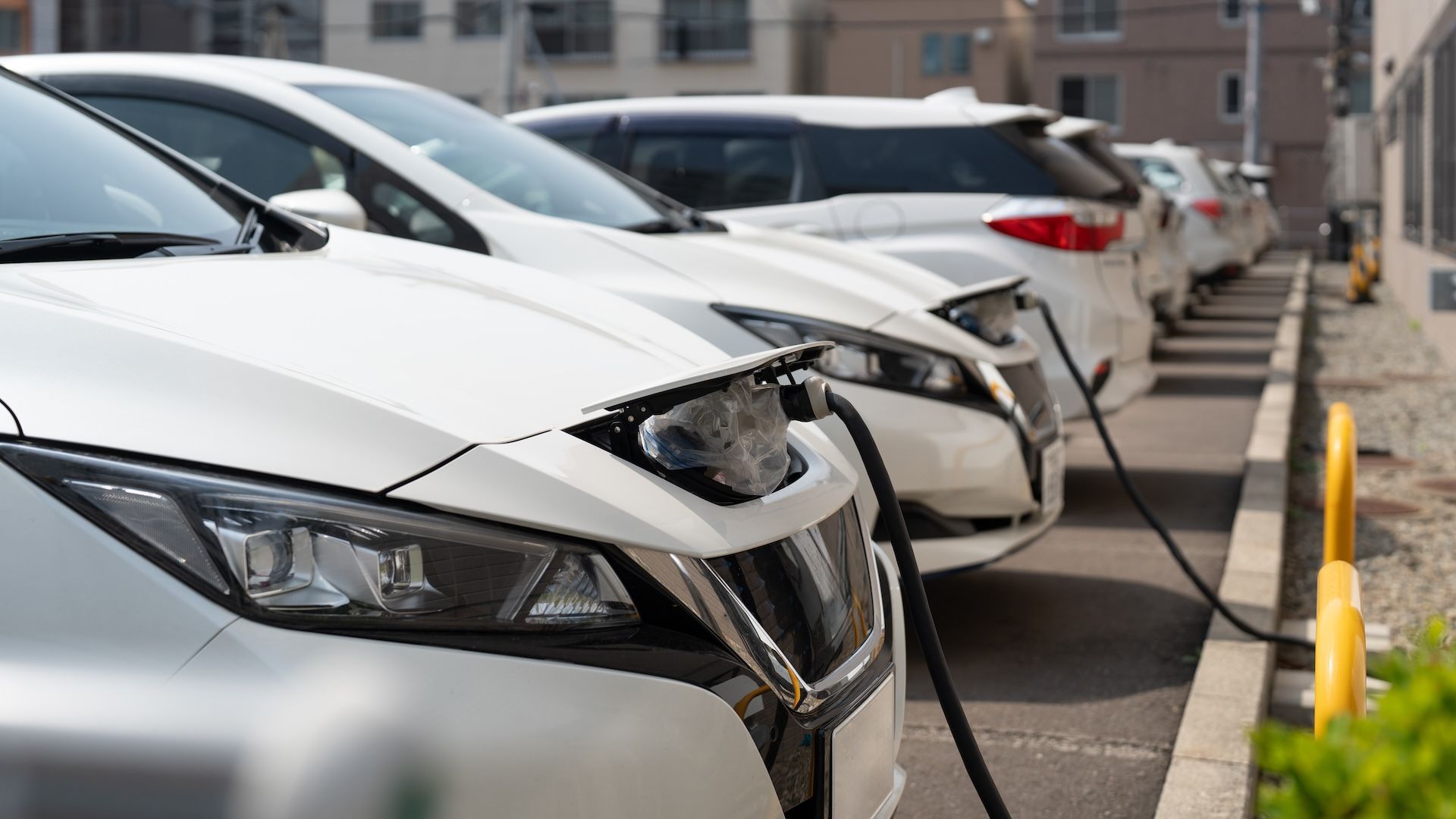
Batteries with "single-crystal electrodes" could power electric vehicles (EVs) for millions of miles — meaning their batteries would outlast other parts of the cars, new research shows.
.
All batteries slowly wear out and lose some of their energy-storage capacity over time. For instance, your phone battery holds less of a charge after a few years than it did the day you bought it. The same is true of electric car batteries: When their storage capacity drops, so does the distance the car can travel on a single charge.
Related: How do electric car batteries work, and what affects their range?
.
In the study, which was funded by the electric vehicle maker Tesla and included researchers from Dalhousie University in Nova Scotia, researchers compared the long-lasting single-crystal electrode with a more commonly used polycrystalline electrode. The two electrodes are made from similar materials, but in the polycrystalline electrode, those materials take the form of many tiny particles formed from even smaller crystals packed together. In the single-crystal electrode, as the name suggests, each particle is made from just one crystal, which makes them more resistant to mechanical strain.
Bond and his colleagues used high-energy X-rays to look inside the battery without taking it apart. The team found that after 2.5 years of constant cycling, the polycrystalline electrode was full of tiny cracks. Those cracks form when the lithium ions in the battery force the atoms in the electrodes apart and limit how much energy the battery can store.
By contrast, the single-crystal electrode contained few cracks, even after charging and discharging continuously for six years.
Longer-lasting EV batteries
The battery with the single-crystal electrode had gone through more than 20,000 charging and discharging cycles and had retained about 80% of its original capacity in that time. A typical electric vehicle can travel about 250 miles (400 km) on a charge, so the battery with the single-crystal electrode has a lifespan equivalent to driving about 5 million miles. For comparison, typical EV batteries today need to be replaced after about 200,000 miles (322,000 km).
"We really need these vehicles to last as long as possible, because the longer you drive them, the better its improvement on the carbon footprint is," Bond said in the statement.
Batteries with single-crystal electrodes have yet to be incorporated into electric vehicles, although they are available commercially. Tesla has patented similar single-crystal-electrode formulations, with members of the Dalhousie team named as co-inventors.
With these advances keeping batteries running longer, the battery could one day outlast other parts of an electric vehicle. When that happens, the batteries could find a second life in grid-scale energy-storage systems, the researchers wrote. There, the batteries could store renewable, but intermittently accessible energy, such as solar or wind power.
"I think work like this just helps underscore how reliable [the new batteries] are, and it should help companies that are manufacturing and using these batteries to plan for the long term," Bond said.


Post a Comment
0Comments